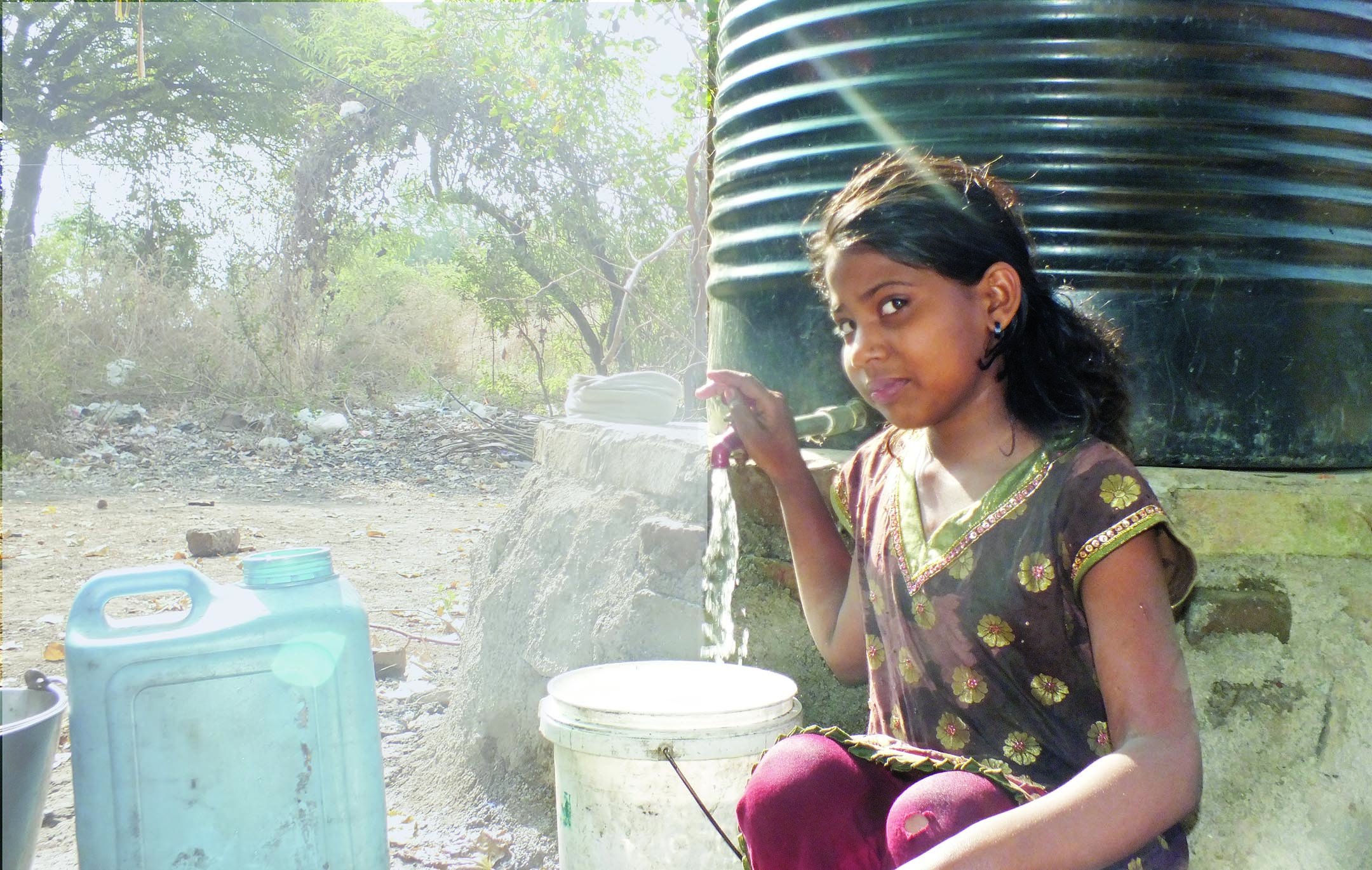
Ab school jana accha lagta hai (I like the school now),” says Sagar Kathari who likes his mid-day meal and plays cricket in the school veranda “because it’s not rough or uneven anymore.” Ask Rupa Pardhi another student when vacations begin and she quickly replies “Nahi nahi, abhi chhutti nahi hai. Abhi toh school khula hai! (There is no vacation now. The school has just started).” Both study at the Damole Tribal School near Khargar that has been adopted by RC Navi Mumbai Hill Side, D 3140.
Rotary India has pledged to send one lakh children back to school. “But what if the school is not in good shape? Rotary has a bigger responsibility than merely identifying dropouts or underprivileged children and sending them back to any school,” says the Club President Dr Keshav Chander Sharma. He recalled PRID Shekar Mehta’s message at the March 2016 Presidential Conference in Kolkata; “He (Mehta) made it clear to us that RILM is about setting up proper learning environments for these children.”
He adds that the conditions of the Damole School were pitiful! “The children had to defecate in the open and use newspapers or mud to clean themselves, leaving them vulnerable to infections.” According to the report ‘Levels and Trends in Child Mortality’ by the UNICEF, India accounts for two-thirds of under-five deaths in Southern Asia and has the highest number (1.3 million) of under-five deaths in the world in a year. Infectious diseases like pneumonia, diarrhoea and malaria are the leading causes of death of these children. For those who find it funny that “Rotary toilet banata hai (Rotary builds toilets), fail to see that this is a social reform we are trying to usher in and save our children,” he adds.
Rohidas Goiji, a senior teacher of the school, recalls how he had to walk to each hut in the village and ask the children to come to school. They wouldn’t come because the classrooms were in a bad shape, there was no way food could be prepared in the school kitchen as rats ate the grains because of lack of storage facilities, no water to drink and the toilets were practically nonexistent. “But Rotary transformed our school from an adivasiwadi to a beautiful school. Everybody loves the new school,” he says.
The village’s bore well, its main water source, was filled with stones, dust and rubble, and had to be reconstructed. Not only was the school renovated, old furniture replaced and toilets reconstructed, Rotarians also installed a water tank that runs on an electric motor and an RO drinking water plant was fitted in the campus.
There are 50 students who study here today and Goiji does not have to pull any of them out of their homes “woh khud hi aatey hai (They come by themselves).” The Rotarians have implemented the WinS programme and provide the students with a healthy mid-day meal that is cooked in the school’s new kitchen. “Now rats don’t eat up the grains as they are stored in aluminium containers provided by the Rotarians,” he says.
Sharma now wants to ensure smooth functioning of the school in future. He explains, “If we decide who is to take care of the functioning, then the incoming club president can add value to what has already been done. This helps in the sustainability of the project.”






